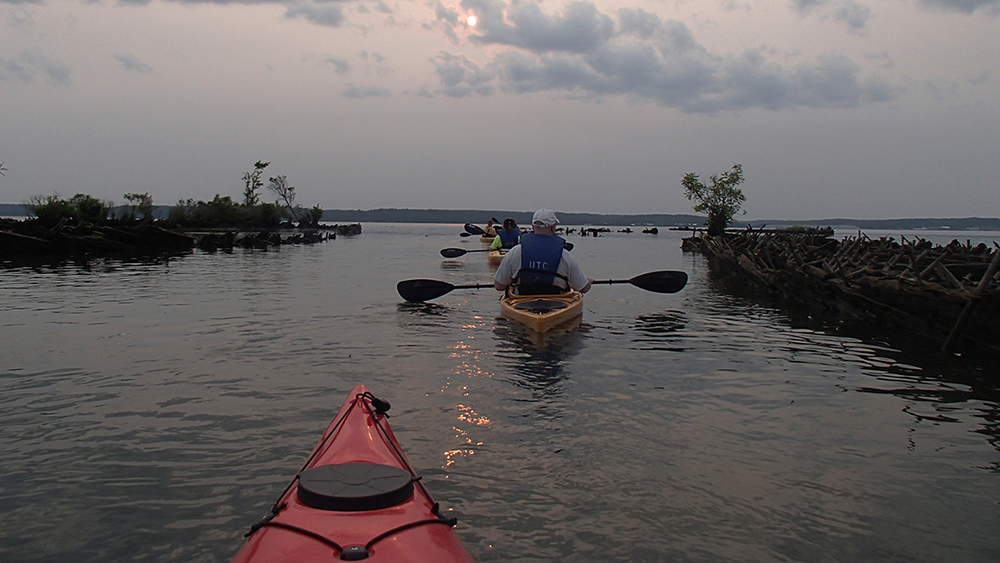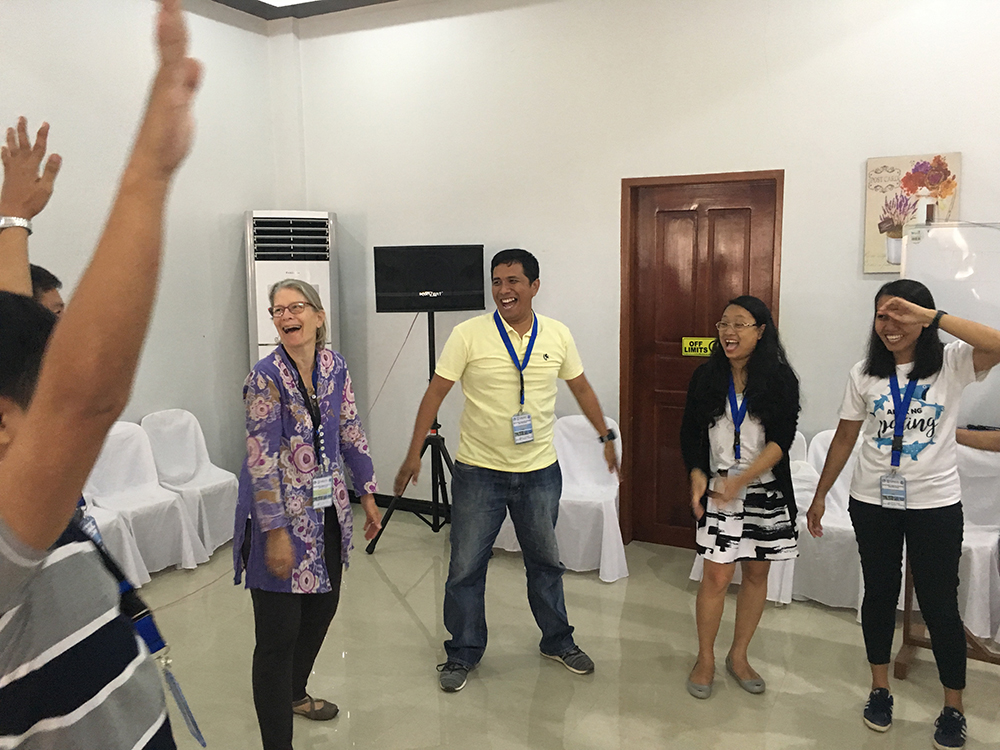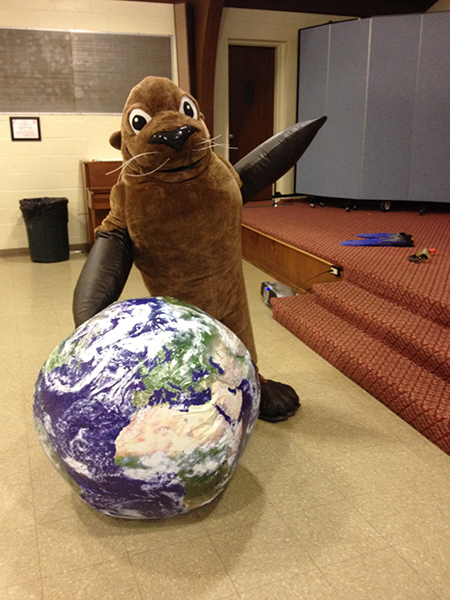Full and by: The emergence of the sanctuary system in the 2000s and 2010s
By Elizabeth Moore
October 2017
As one millennium drew to a close and another approached, everyone was worried about Y2K and the impending collapse of our computer infrastructure. I was adulting as I approached my 35th birthday, and the sanctuary program was going full and by (a nautical term meaning making the best speed you can in the direction the wind is taking you), on the verge of emerging as a system. There was a lot happening as ocean parks grew in size, number, and conservation impact.

Two important commissions raised awareness about the continuing decline of the health of our nation’s ocean. In 2003, the Pew Ocean Commission issued a report highlighting the need for a system of fully protected marine reserves in U.S. waters. In 2004, the U.S. Commission on Ocean Policy recommended the use of marine protected areas for implementing ecosystem-based management of marine resources. The Tortugas Marine Reserve (then the largest no-take area in the U.S.) was designated in the Florida Keys, an executive order was signed that designated the then-largest protected area in the U.S. in the Northwestern Hawaiian Islands, and another executive order established the National Marine Protected Area Center to focus on the science and coordination of the 1,200 local, state, territory, tribal, and federal ocean parks in the United States.
The 2000 reauthorization of the National Marine Sanctuaries Act transitioned the sanctuary program to the sanctuary system by requiring the formal establishment of a system to encompass all sanctuaries, allowing a more strategic approach to plan for future needs and growth, and undergo a deliberate and extensive effort to develop its system identity. In truth this transformation had already been slowly underway.

Both the program and Congress recognized the need to limit new sanctuary designations. The growth of the program in the 1990s outstripped the ability of the program to optimally manage sanctuaries. By limiting new administrative designations, the program was able to focus inward to proactively manage and provide for its existing sites. The program also began new planning processes to better integrate its budget and priorities with other parts of NOAA; created national monitoring and education plans; assessed the needs for small vessels and staffing requirements; created databases to track permits and potential hazards; initiated an evaluation of program regulations to make them more consistent; expanded the number of advisory councils; and implemented a public management plan review process at many sites. The sanctuary system became the independent Office of National Marine Sanctuaries within NOAA’s National Ocean Service.

The sanctuary system continued to evolve both its conservation regime and its system culture into the 2010s. With the establishment of the sanctuary advisory council (a community based group that provides advice to a sanctuary superintendent) for Monitor National Marine Sanctuary in 2005, the suite of advisory councils for the sanctuary system was complete. Every site had the benefit of rigorous input from its communities and the system benefited from voices from across the entire ocean community. In 2012, the sanctuary system completed the last condition report, for Thunder Bay National Marine Sanctuary. The system condition report completed in 2013 showed that the greatest threats found in the system are marine debris, invasive species, water quality, and other detrimental human activities. In the face of these pressures, sanctuaries placed more emphasis on resource protection through progressive, science-based management, targeted resource protection programs, and engaging education and outreach activities. Expansions increased the sizes of Monterey Bay, Greater Farallones, Cordell Bank, American Samoa, and Thunder Bay national marine sanctuaries, and Papahānaumokuākea Marine National Monument was expanded by executive order in 2016.
The sanctuary system also became more focused on its communities. In addition to sanctuary advisory councils, visitor centers and friends groups were established for most sanctuaries; expansive volunteer programs, including many citizen scientists, were set up; and school-based conservation programs were put in place. More intensive research on the socioeconomic effects of sanctuaries has demonstrated their strong benefits. With the Site Evaluation List long inactive, a new community-driven Sanctuary Nomination Process was established in 2014.
The sanctuary system has emerged as a fully fledged marine conservation organization with nearly half a century of experience under its belt. Where do things stand now as we turn 45? Join us next week for Absolute Bearing: The Sanctuary System at 45.
Elizabeth Moore is a senior policy advisor at the NOAA Office of National Marine Sanctuaries.

